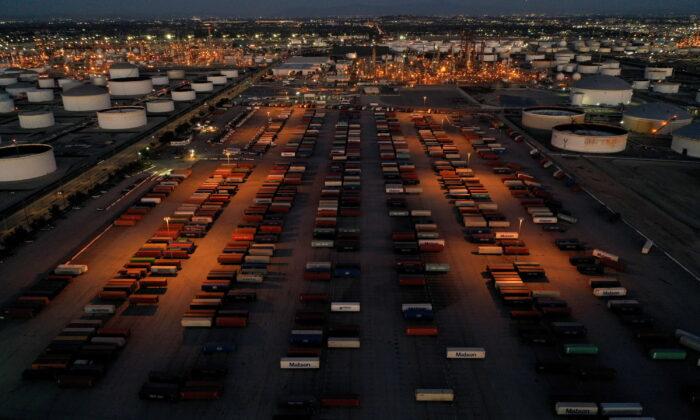The energy crisis in Europe and the resultant higher demand for cargo ships to transport fuels is creating upward pressure on fuel costs.
Following Russia’s invasion of Ukraine, the European Union (EU) imposed sanctions on the Kremlin. In response, Russia began curtailing gas supplies to the region, creating a scramble for energy on the continent. To replace Russian supplies, Europe is now left with no choice but to import oil and gas from other places.
Transporting a cargo of naphtha petrochemical feedstock, for example, from the Middle East to Japan now costs double what it did in March. In the United States, shipping a cargo of oil to China is at its highest level since 2020.
The vessel shortage situation is becoming tighter as European utility companies park liquefied natural gas (LNG) shipments on ships. As the region’s shipping terminals are at full capacity, these utility companies cannot import supplies into onshore storage.
Hence, the companies are forced to store supplies in vessels off the coast, which is also referred to as “floating storage.” This practice adds to the shortage of vessels.
Europe’s Energy and Social Crisis
According to Ed Morse, global head of commodities research at Citigroup, Europe’s energy crisis could last for three or more years.During a press conference in late August, Shell CEO Ben van Beurden also warned that the energy crisis facing Europe might last for several winters and that energy rationing may be required to manage the situation.
Energy prices in Germany, one of the largest economies in Europe, broke through the threshold of €1,000 per megawatt hour for the first time last month.





